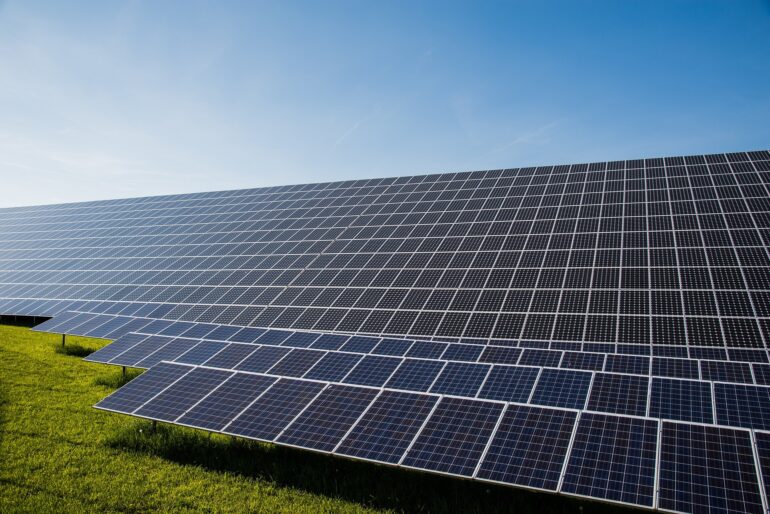TL;DR:
- Soiling, caused by dust accumulation on solar modules, can lead to significant revenue losses.
- Researchers compared physical models and machine learning approaches for predicting soiling losses.
- Physical models achieved higher accuracy with field observed data, while machine learning approaches showed promising results.
- Machine learning models based on satellite-derived environmental data offer the potential for optimizing operations in arid regions.
- Integrating machine learning techniques can enhance PV system efficiency and profitability.
Main AI News:
Machine learning is revolutionizing the solar industry by providing advanced solutions to combat the challenges posed by soiling. In regions with abundant solar irradiation, the presence of dry and dusty conditions on the ground can hamper the performance of photovoltaic (PV) systems, leading to significant losses in revenue. To address this issue, accurate prediction of losses caused by soiling on both short and long-term timescales has become crucial for PV project developers and system operators.
Numerous approaches have been developed, utilizing on-site sensors, historical climate data, local weather information, satellite imaging, and more. Researchers at the University of Cyprus undertook a study to assess the accuracy of different methods by comparing modeled forecasts of soiling loss with data from a test installation at their campus in Nicosia.
At the test site, soiling losses were determined by comparing the performance of cleaned and uncleaned PV modules placed side by side. The evaluation involved six models, three based on physical modeling techniques and three utilizing machine learning algorithms. While the physical models are well-established and widely used, the machine learning methods represent a novel application of open-source programs to soiling measurement.
The results of the evaluation revealed that the physical models, when provided with field observed data, achieved the highest accuracy levels. They demonstrated error rates (root mean square error) of 1.16% for daily soiling losses and 0.83% for monthly soiling losses. However, the machine learning approaches were not far behind, exhibiting error rates of 1.55% and 1.18% for daily and monthly soiling losses, respectively. The researchers highlighted the potential usefulness of machine learning models, particularly in regions with limited availability of field-observed data, where environmental data obtained from satellites can serve as a valuable alternative.
By leveraging satellite-derived environmental data, these machine learning models could assist in optimizing operations and maintenance strategies throughout the year, effectively minimizing soiling losses. This is particularly significant in arid and dusty regions, where abrupt changes in aerosol loading can occur, and precipitation is infrequent. The integration of machine learning techniques holds promise for enhancing the efficiency and profitability of PV installations in such challenging environments.
Conclusion:
the study conducted by researchers at the University of Cyprus highlights the significance of machine learning in addressing soiling challenges in the solar market. While physical models remain highly accurate when provided with field observed data, machine learning approaches demonstrate competitive performance. The utilization of satellite-derived environmental data in machine learning models shows potential for optimizing operations and maintenance strategies, particularly in arid and dusty regions. This advancement signifies a positive impact on the solar market, as it offers improved efficiency and profitability for PV installations in challenging environments, leading to enhanced overall performance and increased revenue generation. Businesses operating in the solar industry should consider leveraging machine learning techniques to mitigate soiling losses and stay ahead in this dynamic market landscape.

